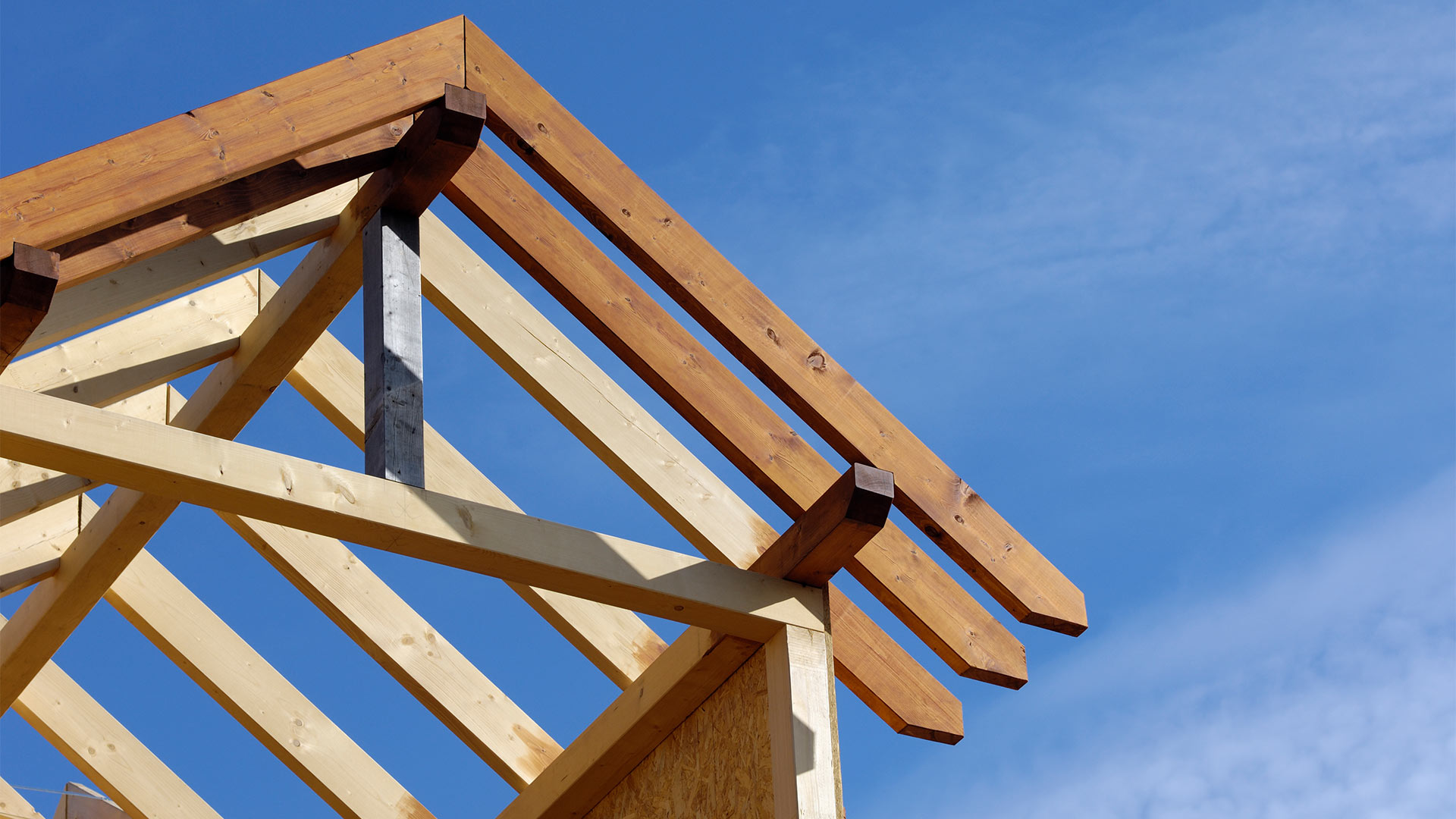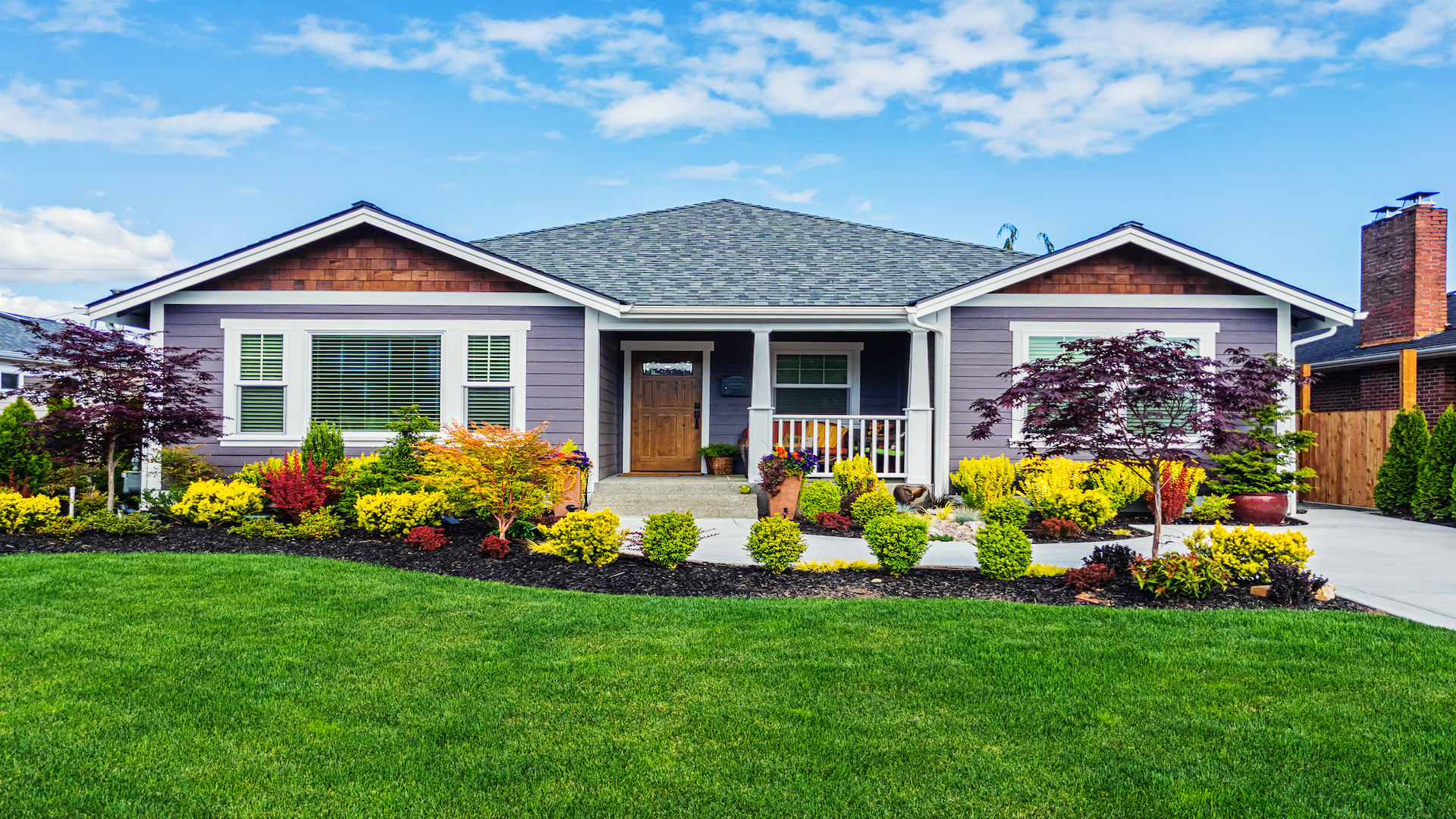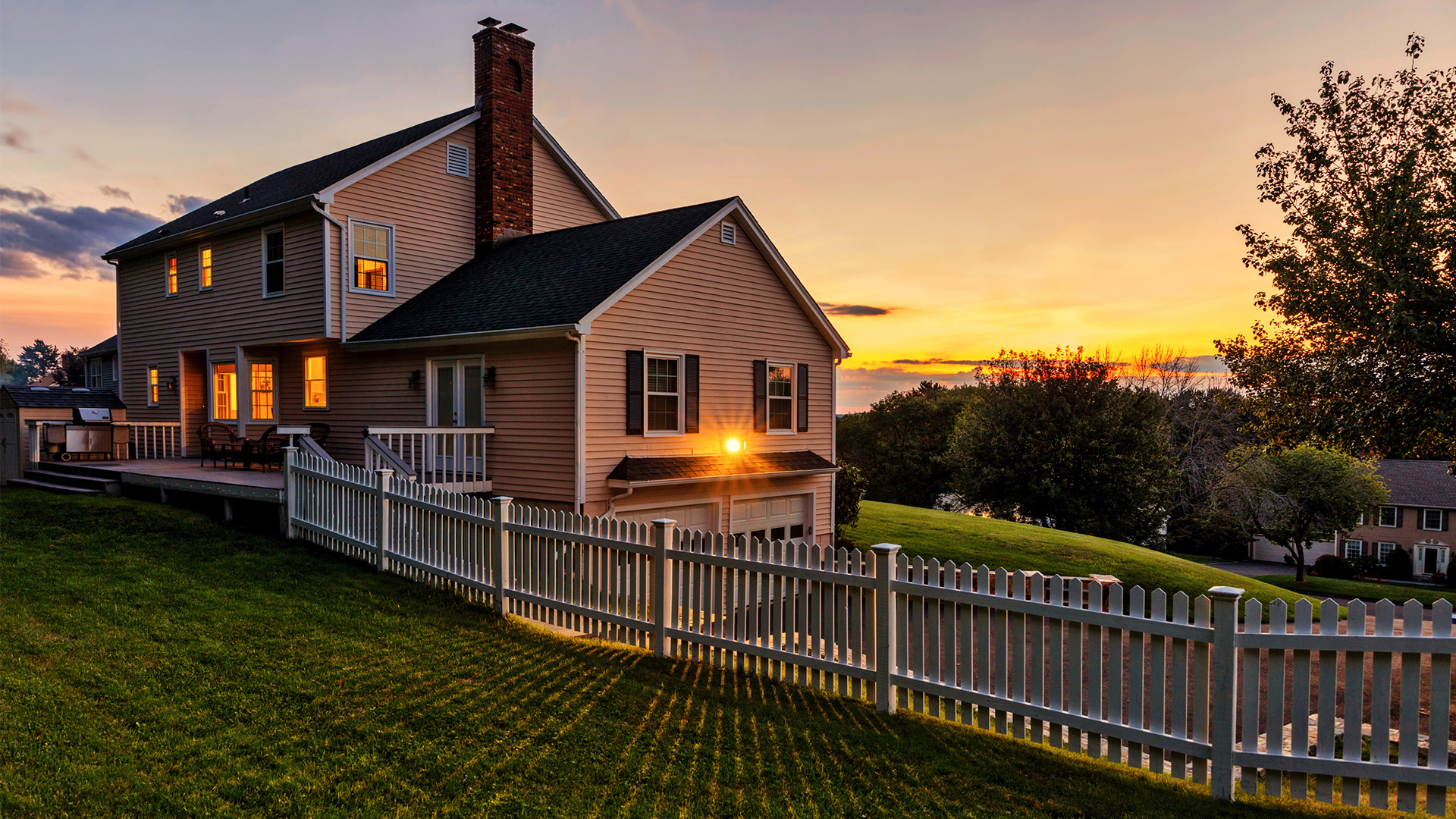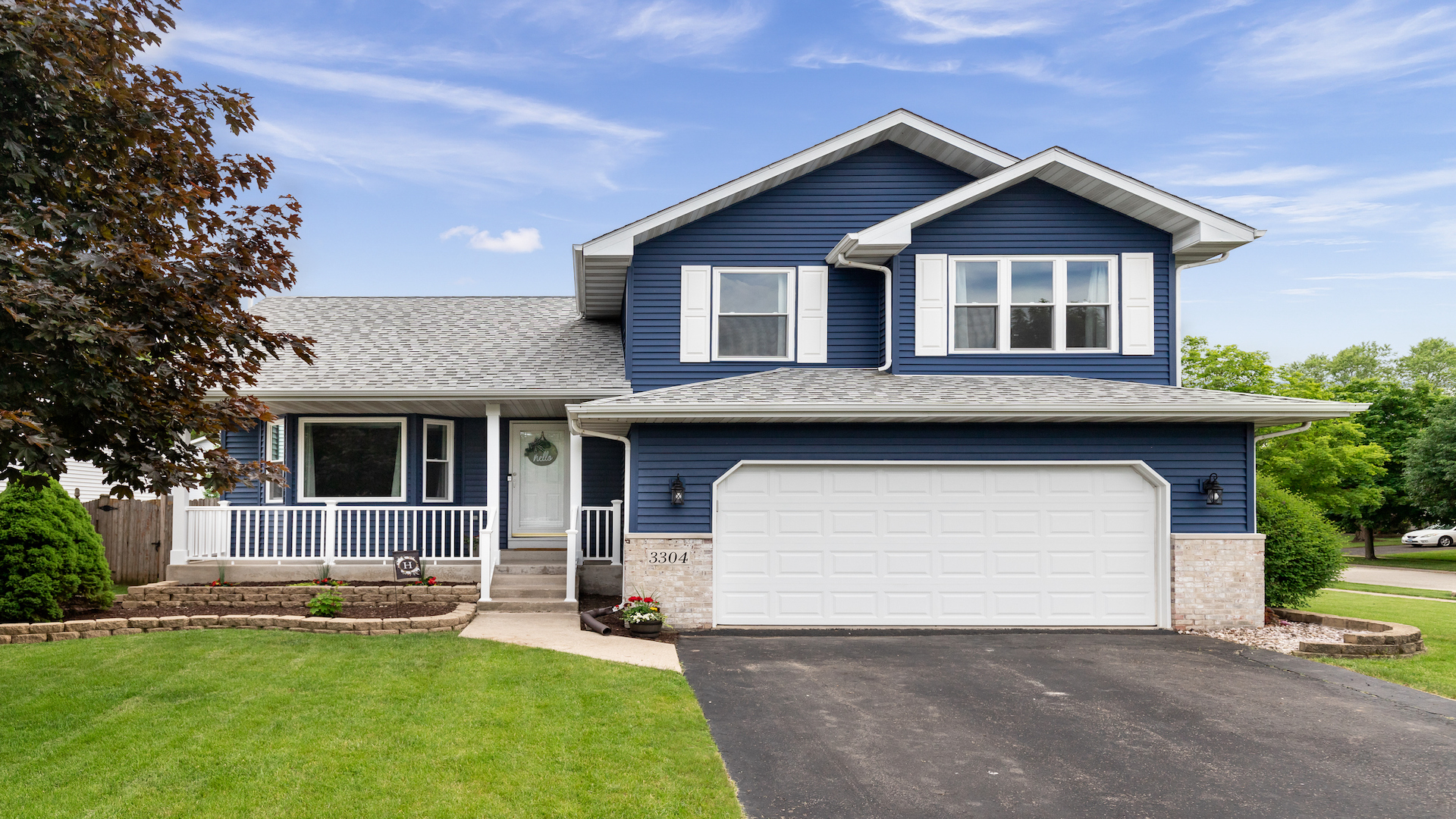
Can you build a house with an FHA loan?
Good news: You can take out a single loan to buy a parcel of land, build a home from the ground up, and finance a permanent mortgage on that finished home.
And, you can do it without perfect credit or a big down payment.
This three-in-one mortgage is called an ‘FHA construction-to-permanent loan.’ It saves time, hassle, and expenses by financing the entire home building process with one loan product.
However, these loans can be tough to find. And requirements are stricter than for traditional FHA loans. So you should know what to expect before applying.
Check your construction loan eligibility (Apr 14th, 2021)In this article (Skip to…)
- What is an FHA construction loan?
- Pros and cons
- How it works
- Loan requirements
- FHA construction loan lenders
- Interest rates
- FHA construction vs. FHA 203k
- Construction loan alternatives
What is an FHA construction loan?
Want to build a new home from the ground up and simplify the financing process? Look into an FHA construction loan, also called an FHA construction-to-permanent loan.
This loan option includes financing for a land purchase, home construction, and a permanent mortgage for the completed home — all in a one-time-close loan.
Instead of pursuing three separate loans for the land buy, home building, and mortgage — which would involve separate paperwork and closing costs — an FHA construction loan simplifies matters by combining it all in one underwriting process.
These loans are also government-backed by the Federal Housing Administration.
Pros and cons of an FHA new construction loan
“This loan is designed to combat the more costly and cumbersome traditional construction loan program,” says Brandon Mushlin with BuildBuyRefi.com.
“Otherwise, you’d have to deal with multiple loans, multiple underwrites from different banks and underwriters, multiple appraisals, multiple fees, and multiple possible changes in economic conditions that could impact interest rates in outcomes desired to achieve the end result,” Mushlin explains.
However, lenders offering FHA new construction loans aren’t easy to find — and it may be difficult to qualify.
Standards aren’t quite as lenient as for a traditional FHA loan. For instance, you need a higher credit score. And there’s a lot more paperwork and red tape involved, so the process will take longer than a traditional mortgage.
You’ll have to decide whether this loan is right for your needs based on your timeline, budget, credit score, and other criteria.
Check your construction loan options (Apr 14th, 2021)How an FHA one-time close construction loan works
A. Donahue Baker, co-founder and president of Money Avenue, says the FHA construction-to-permanent loan basically involves four steps.
“First, you get qualified by an approved lender. Then, your builder and general contractor get qualified for the loan. Next, your home design plans get qualified for the loan. Lastly, you close on the loan and begin the process of building your dream home,” he says.
1. Find the land you’ll build on
When it comes to the land purchase, you have options.
It can be vacant land you already own that’s paid off; land with an existing loan from a bank or private party with the balance to be paid off at closing; or land you wish to place under contract to be paid off at closing.
“The land should not require a teardown of the property or have multiple properties on it,” cautions Richie Duncan, senior loan officer with Nationwide Home Loans Group.
2. Get pre-qualified for financing
Before you can finalize your budget and building plans, you need to get prequalified with a lender. The prequalification process will determine how much you qualify for and what your lender’s borrowing limits are.
“If you don’t have the land and builder chosen yet, your prequalification could expire and market conditions like interest rates increasing could heavily reduce the amount you can borrow,” Duncan notes.
So, you might want to have a contractor selected even before you begin the mortgage process.
But understand you won’t know how much you’re approved to borrow — or even if you qualify — until you’ve spoken with an FHA construction loan-approved lender.
3. Hire a builder and draw up plans
You can begin the process without having yet picked a builder. But the builder you select must be willing to work with the FHA construction loan program (“not every builder will,” says Mushlin).
You’ll want to pick a builder that’s worked with the FHA construction program before, if possible, as this could help the process go smoothly and avoid any major issues.
4. Complete the loan process and begin construction
After your land and builder contracts are agreed to, an appraisal can be ordered to determine the property’s forecasted value based on a completed home.
“During this time, your credit will be evaluated and your land and builder contracts will be underwritten and approved. Your lender will also confirm that homeowners insurance is in place, set up your title, and calculate all final numbers for underwriting,” Duncan says.
“Once the underwriters sign off, the construction team then signs off, the documents are drawn, and you go to closing.”
After the loan closes, construction can begin.
Funds from the loan will be kept in an escrow account, and your contractor will be paid in installments as each construction phase is completed.
FHA construction loan requirements
Several rules apply to FHA construction-to-permanent loans, including requirements for the borrower, the property, and the contractor.
Borrower eligibility:
- Down payment of at least 3.5%. This is the minimum for FHA financing
- Credit score of 640 or higher. Technically, you only need a 580 FICO score to qualify with FHA. However, Mushlin says that in his experience, a higher credit score of at least 640 is usually needed for the FHA construction program
- Clean credit history. You must not have experienced bankruptcy in the last two years
- Debt-to-income ratio (DTI) below 43%. That means your monthly debts — including future mortgage payments — don’t take up more than 43% of your monthly pre-tax income
- You will need to verify two years of employment and income. For W-2 borrowers, that means the last 60 days of pay stubs, the last two years of W-2s, and your last two annual tax returns. Self-employed borrowers will need to provide the last two years of full personal and business tax returns as well as all tax schedules involved
In addition, all FHA borrowers are required to pay mortgage insurance premium (MIP), which protects the lender in case of foreclosure.
FHA MIP has an upfront cost equal to 1.75% of the loan amount (which can be rolled into the mortgage) as well as an annual charge typically equal to 0.85% of the loan amount and paid monthly.
MIP is usually required for the life of the loan. However, homeowners can often refinance to cancel mortgage insurance and lower their monthly payments once they have 20% home equity.
Property requirements:
- The loan must meet FHA loan limits. Your total loan amount can’t be higher than your county’s maximum loan limit; in 2021, most counties have a max borrowing limit of $356,362
- The property must be eligible. The types of homes eligible to be built include single-family homes, condominium units in approved projects or legal phases, and manufactured homes. The home must be owner-occupied as your primary residence. And, the property must be located in an FHA-approved area
- The property must be inspected. “There is a requirement that inspections be performed by ICC-certified inspectors or a third party who is a registered architect or structural engineer,” says J. Keith Baker, chair of curriculum for Mortgage Banking and Financial Services at Dallas College
Contractor requirements
Finally, the FHA must approve of your chosen contractors, who are required to have needed licensure, liability insurance, and a minimum of two years of experience building homes
You must also receive a new construction warranty from the builder.
Any remaining funds after construction ends must be applied directly toward your loan principal — you can’t keep them as cash-back.
FHA construction loan lenders
Be forewarned: It’s not easy to find FHA construction-to-permanent loans or lenders offering these loans.
“Finding a lender that will process these loans quickly, efficiently, and is staffed with a full team is even rarer,” says Mushlin.
Fortunately, you can visit the US Department of Housing and Urban Development’s (HUD) website to search for FHA lenders, although not all FHA lenders offer FHA construction loans.
The bottom line: If you want an FHA construction loan, you need to be patient and willing to shop around for the right mortgage company.
This can make the process more complicated than a traditional construction loan — but for those who put in the work, there are real benefits to be had.
FHA construction loan interest rates
Expect the interest rate you’ll pay for an FHA construction-to-permanent loan to be higher than for other types of loans. “Typically, borrowers often see rates around 2% to 4% higher [than current mortgage rates],” says Duncan.
By comparison, the rate on a conventional construction loan might be around 1% higher than market rates.
Julie Aragon, CEO and founder of the Julie Aragon Lending Team, says lenders generally view these loans as a greater risk because the home, which ordinarily serves as collateral, does not yet exist.
“Interest rates for these FHA loans can also fluctuate based on the creditworthiness of the borrower and other factors,” she says.
FHA construction loan versus FHA 203k loan
It’s easy to confuse an FHA construction-to-permanent loan with another type of FHA product: The FHA 203k rehab loan. But these are very different mortgage types.
The FHA construction loan is intended for ground-up home building. The 203k mortgage is designed for purchasing and repairing an fixer-upper home.
Like the FHA construction loan, an FHA 203(k) rehab loan is backed by the federal government; and, it bundles your home purchase and rehab expenses into one loan.
You can use the standard 203k to do some serious structural work — including converting a single-family home to a multifamily home (or vice-versa). But you cannot use it to buy land and build a brand new home from the ground up.
That said, there are benefits to the 203k program. For instance, FHA 203k renovation loans are far more common than FHA construction-to-permanent loans. You’ll have an easier time finding a lender and a low rate.
In addition, the 203k loan can be a fixed-rate or adjustable-rate mortgage, your down payment can be as low as 3.5%, and you typically need a credit score of only 620 to qualify.
Check your FHA 203k loan eligibility (Apr 14th, 2021)Construction loan alternatives
If you can’t find an FHA construction loan lender or don’t qualify for this program, don’t despair. There are other loan options you can pursue.
“Borrowers can consider a lot loan to purchase the land, as well as a traditional construction loan to cover the building costs, and then a traditional mortgage loan to pay for the permanent finished home. But you will not have the benefit of a single appraisal or closing,” says A. Donahue Baker.
Veterans and active military members can instead choose a VA construction loan, which works a lot like the FHA program. However, there are some big advantages: the Department of Veterans Affairs does not require a down payment, and there’s no monthly mortgage insurance to pay.
Alternatively, if you pick a USDA-approved rural area to build in, you may qualify for a USDA construction-to-permanent loan. USDA requires no down payment, and lets you combine the lot purchase, construction costs, and permanent mortgage loan into one loan product.
The right type of construction loan for you will depend on your location, credit score, down payment, and home building goals.
Rates, requirements, and loan amounts can vary a lot between construction loan programs. So be sure to compare options and find the best financing option for your new home.
Verify your new rate (Apr 14th, 2021)



